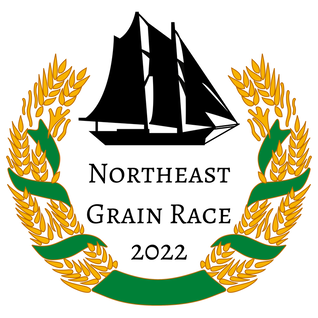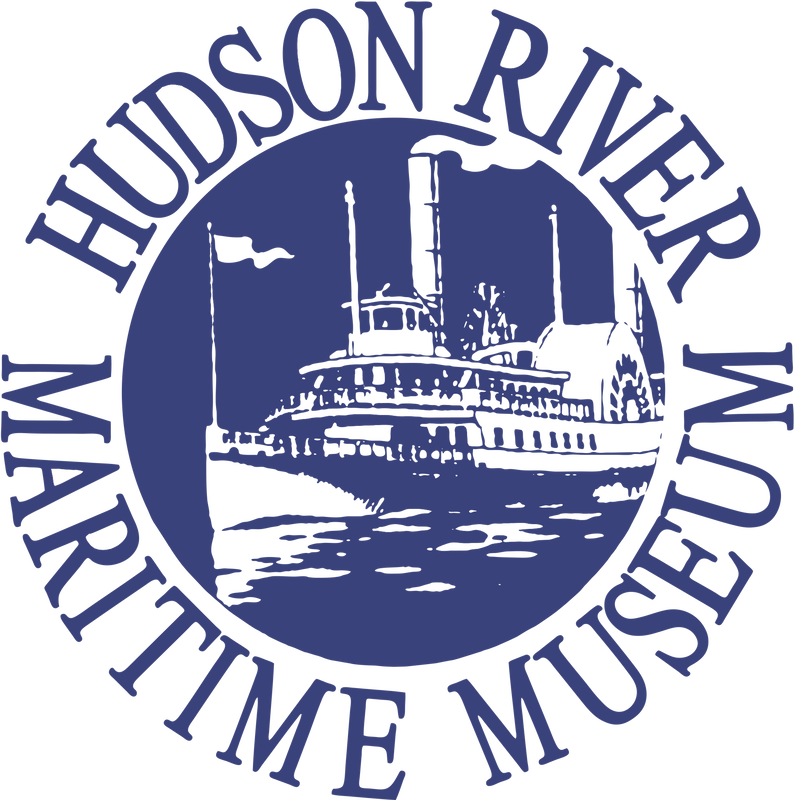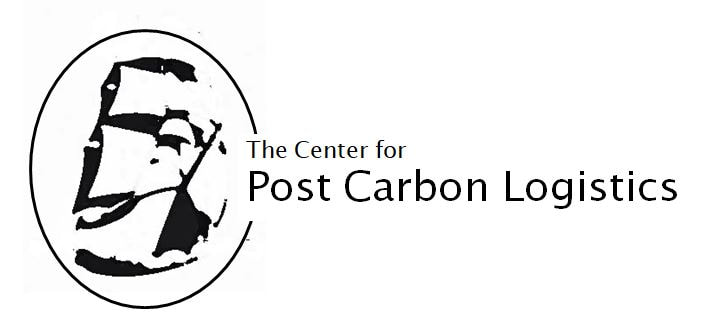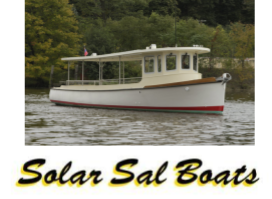NORTHEAST GRAIN RACE
|
The Hudson River Maritime Museum, in cooperation with the Center for Post Carbon Logistics, Schooner Apollonia, and the Northeast Grainshed Alliance, will be continuing the Grain Race in May of 2023. Contestants will vie for the highest score when moving cargoes of grain from growers to producers and users such as brewers and maltsters across New England, New York, and New Jersey. Each Ton-Mile of cargo moved earns one point, but 5 points are lost for each liter of fuel burned or 10 kWh of power taken from the grid.
Based on the Great Grain and Tea Races of the 19th and 20th centuries, conducted by ships sailing from Australia and China to England, this Grain Race has been adapted to facing the current climate crisis. Focused on bringing attention to the topics of local food systems and food transportation, the race will span 8 States. The HRMM blog will be hosting monthly articles about the history of maritime grain movement and other related topics as we approach the race. We'll also be sure to share anything our partners write via our social media pages; look for our main hashtags #GrainRace and #FoodMovementMovement. We hope to see some novel and interesting shipments take place in May. Museums have a potentially critical role to play in the coming energy transition, both as stewards of records and research which might point the way to proven solutions, as well as living reserves of rare and valuable skills. The grain race is a good chance to prove this, while having a bit of fun. If you are interested in participating in or following the Grain Race, you can find the Up-To-Date 2023 Grain Race Rules and Directory here. You can submit your information for inclusion in the competition as a producer or shipper via the included link on the Directory page. |
Vertical Divider
Grain Race FAQ:
1. What region is covered by the Race? ☛ Maine, New Hampshire, Vermont, Massachusetts, Connecticut, Rhode Island, New York, and New Jersey constitute the Northeast Region for the Grain Race. 2. Are there other Grain Race Regions? ☛ Not yet... But perhaps in future, with enough support we could add them. If there is enough interest for future years, an "Extra-Regional" competition may be created. 3. Can I enter a cargo of Liquid Grains, such as Beer? Baked grains such as bread? ☛ Yes! For 2023, there are now categories for Brewed, Baked, Distilled and Feed grains alongside the traditional types. 4. Is There A Start & Finish Line? ☛ Nope! Each participant setup will start and finish at a different point! With this kind of decentralized race there may be a start or finish location very near to you. |
SUPPORTING ORGANIZATIONS:
|
GET IN TOUCH
Hudson River Maritime Museum
50 Rondout Landing Kingston, NY 12401 845-338-0071 [email protected] Contact Us |
GET INVOLVED |
stay connected |
Proudly powered by Weebly








